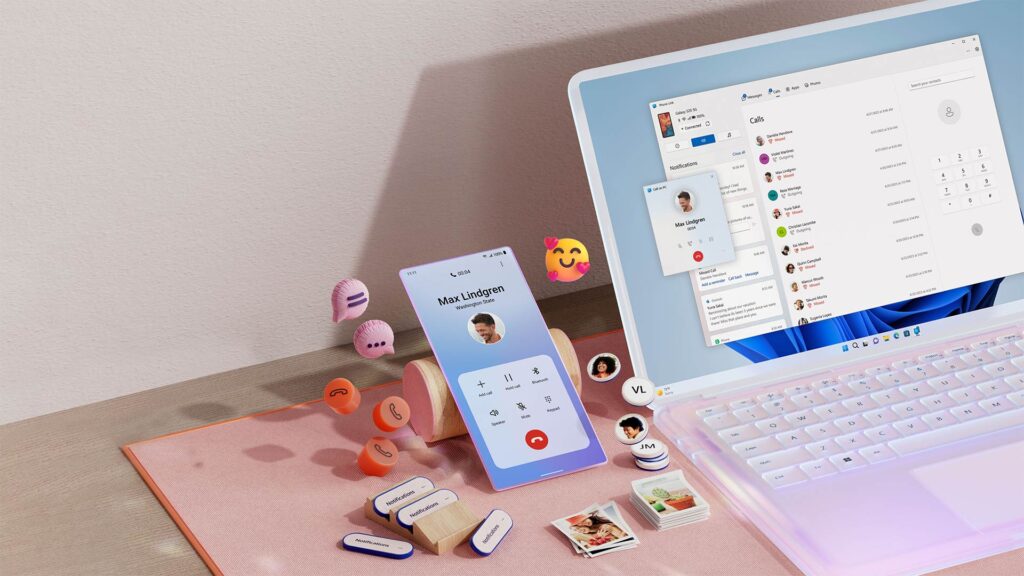Aka.ms/recoverykeyfaq – Retrieve Recovery Key

For the protection of user files, Windows 10 Pro SKU-based computers, most notably the Surface line, are frequently preconfigured and encrypted with Bitlocker. In some cases, users might require their Bitlocker key for security purposes or to activate their computers. If you are shut out of your computer, here is how to locate and retrieve your Bitlocker Key.
What is BitLocker Recovery Key (Aka.ms/recoverykeyfaq)?
The recovery key for BitLocker is a 48 digit unique password. The first time you use BitLocker on the encrypted disk, it will be generated automatically. You may use the recovery key to do the following:
BitLocker in Windows provides a recovery key in case you forget your password and need to access an encrypted device.
- The recovery key is a backup plan in case you lose your password or are unable to access the storage device.
- After selecting BitLocker as the default encryption method, Windows will prompt you to save the recovery key.
Where to Save the Recovery Key
Start by typing “BitLocker” or “aka.ms/recoverykeyfaq”into the taskbar’s search box. Then, from the list of results, go to [Manage BitLocker] > [Backup recovery key]. After that, you need to put the key somewhere safe before proceeding.
- Choose where you want to store.
- To Microsoft account
- To a USB Flash Drive
- To a file
- Print the key
- Bitlocker drive encryption error
The key can’t be put in the root location of a drive that can’t be removed.
How Did Bitlocker Become Active on My Device
- Because your device is new and meets certain standards, device encryption will be turned on immediately.
- BitLocker (sometimes called device encryption) was turned on by the owner or administrator of your personal device through the Settings app or Control Panel.
- BitLocker safety was put on your device by a work or school organization that manages it.
How Does Device Encryption Prevent Data Loss
When you usually get to your files, it’s through Windows, which gives you the normal security that comes with signing in to Windows. But if someone wants to get around Windows’ security, they could open the computer case and take out the hard drive. Then, if they add your hard drive as a second drive to a computer they control, they might be able to get to your files without your password.
Their attempt to access your protected drive will require the decoding key, which they should not have, so they will not be able to see anything on the drive. They won’t be able to read the data on the drive without the access key.
How to Turn on Windows Device Encryption
In order to switch accounts, you may be required to sign out and back into Windows with an administrator account. Refer to Create a local or administrator account in Windows 10 for additional information.
- After clicking the Start icon, navigate to the Settings > Update & Security > Device encryption menu. Device encryption is unavailable if it does not appear.
- To enable device encryption when it is disabled, press Turn on.
What Alternative Methods of Security Exist?
Protect Yourself With Windows
aka.ms/recoverykeyfaq – Windows’ built-in protection making use of Microsoft Defender Antivirus makes it easy to maintain security.
Use Wi-fi More Safely
As Wi-Fi has become the standard for connecting devices, hackers have more openings to exploit.
Avoid Becoming a Victim of Fraud
Hackers are always trying to get your personal information or trick you into giving it to them.
Install the Latest Software on Your Computer
The most recent fixes and security improvements are installed immediately by Windows Update.